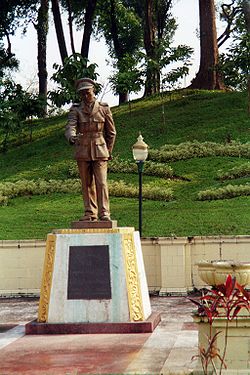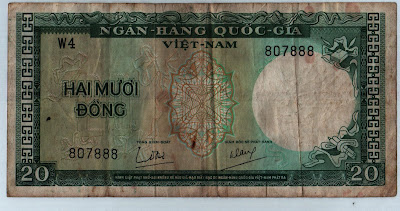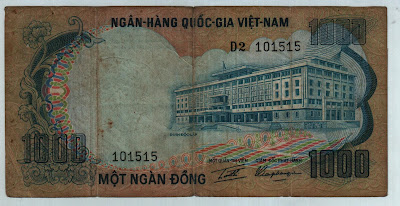Bogyoke (General) Aung San (13 February 1915 – 19 July 1947) was a Burmese revolutionary, nationalist, and founder of the modern Burmese army, the Tatmadaw.
He was a founder of the Communist Party of Burma and was instrumental in bringing about Burma's independence from British colonial rule in Burma, but was assassinated six months before its final achievement. He is recognized as the leading architect of independence, and the founder of the Union of Burma. Affectionately known as "Bogyoke" (General), Aung San is still widely admired by the Burmese people, and his name is still invoked in Burmese politics to this day.
Aung San is the father of Nobel Peace laureate and opposition leader Aung San Suu Kyi.
He was a founder of the Communist Party of Burma and was instrumental in bringing about Burma's independence from British colonial rule in Burma, but was assassinated six months before its final achievement. He is recognized as the leading architect of independence, and the founder of the Union of Burma. Affectionately known as "Bogyoke" (General), Aung San is still widely admired by the Burmese people, and his name is still invoked in Burmese politics to this day.
Aung San is the father of Nobel Peace laureate and opposition leader Aung San Suu Kyi.
1 Kyat (1958)
1 Kyat (1972)
10 Kyat (1973)
1 Kyat (1990)









.jpg)






























.jpg)















